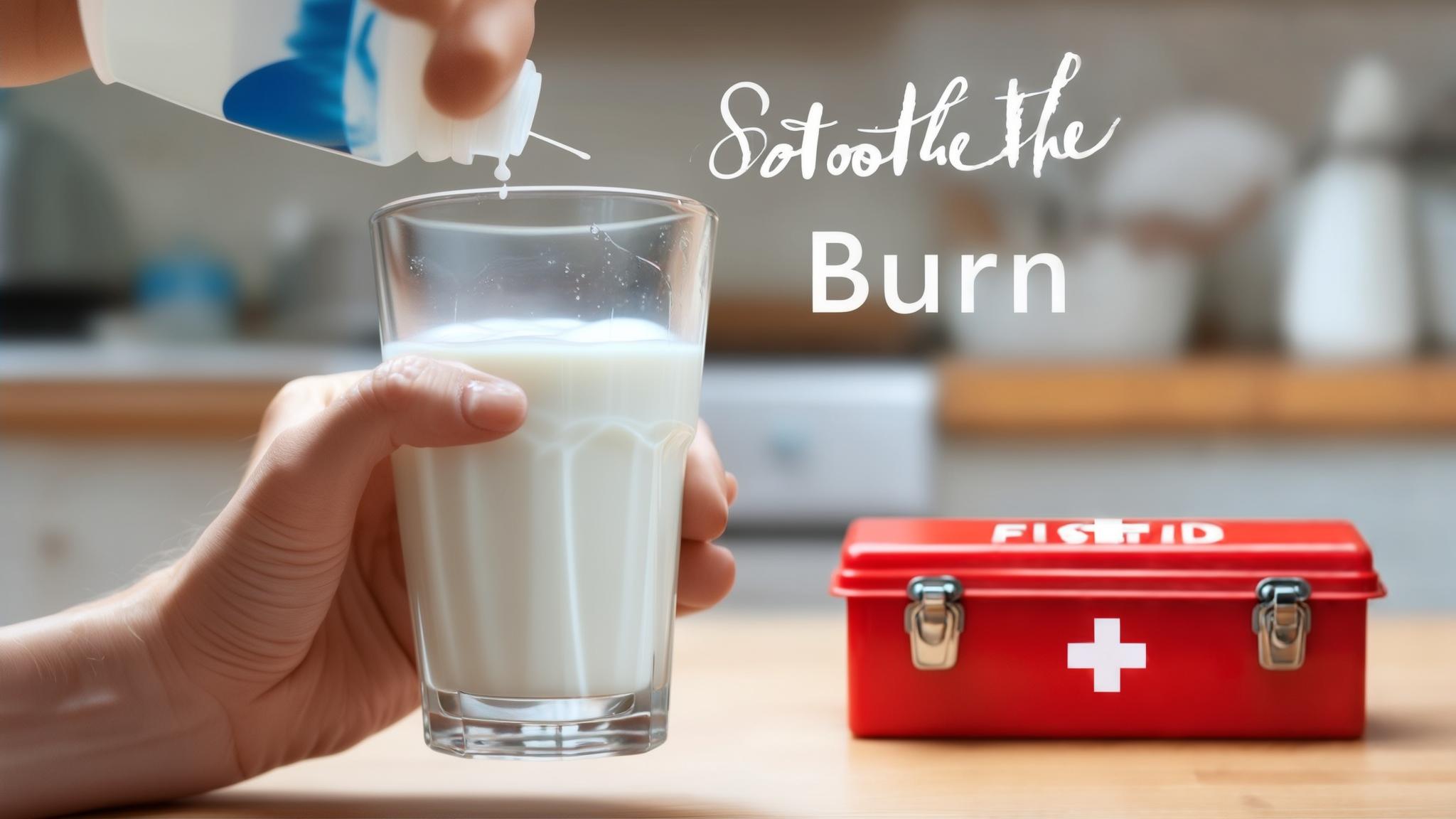Understanding Mouth Burns
Mouth burns occur when the sensitive tissues inside your mouth come into contact with something too hot, like food or beverages. Common causes include sipping a freshly brewed coffee or biting into a steaming slice of pizza. These burns can be more than just a minor inconvenience; they require prompt attention to prevent complications.
Understanding Mouth Burns
To grasp how mouth burns affect us, it's helpful to know a bit about the anatomy of the oral cavity. The mouth is lined with mucous membranes, which are delicate and susceptible to burns. When these tissues are exposed to excessive heat, they can suffer damage.
Burns are classified into three categories:
- First-degree burns: Affect only the outer layer of tissue, causing pain and redness.
- Second-degree burns: Damage extends deeper, potentially causing blisters.
- Third-degree burns: These are rare in the mouth and involve severe damage through all tissue layers.
Symptoms of mouth burns can vary depending on the severity, but generally include:
- Pain and discomfort
- Swelling and redness
- Blisters (more common in second-degree burns)
- Difficulty swallowing or speaking
Immediate First Aid Steps for Mouth Burns
The first step in addressing a mouth burn is to assess its severity. First-degree burns usually involve mild pain and redness, while more severe burns might show blistering and increased pain.
Initial Actions to Take
- Rinse the mouth with cool water: This helps to reduce heat and soothe the area. Avoid ice-cold water, as it can cause further irritation.
- Avoid further irritation: Steer clear of hot foods and drinks that can aggravate the burn.
Application of Soothing Agents
- Cold compresses: Gently apply to the outside of the mouth to reduce swelling and pain.
- Over-the-counter pain relief: Non-prescription medications like ibuprofen can help manage discomfort.
Home Care for Mild Burns
For mild burns, dietary adjustments can aid recovery:
- Consume soft, cool foods like yogurt or applesauce.
- Avoid spicy, acidic, or crunchy foods that might irritate the burn.
Maintaining oral hygiene is crucial:
- Use gentle brushing techniques to avoid aggravating the burn.
- Opt for alcohol-free mouth rinses to prevent stinging.
Keep an eye out for signs of infection, such as increased pain, swelling, or pus.
When to Seek Professional Help
Certain symptoms warrant a visit to the dentist or doctor:
- Severe pain that doesn't improve
- Signs of infection like pus or fever
- Difficulty breathing or swallowing
Professional treatments may include:
- Prescription medications for pain and infection
- Advanced wound care to promote healing
Prevention of Mouth Burns
Preventing burns is always better than treating them. Here are some tips:
- Test the temperature of foods and drinks before consuming.
- Be aware of high-risk foods, like soups and stews, that retain heat.
Educating children about the dangers of hot foods can also prevent accidents.
Conclusion
Mouth burns from hot foods are common but manageable with prompt and proper care. By following these first aid tips, you can relieve pain and prevent complications. Remember, prevention is key—always check temperatures before eating, and seek professional help if needed.

